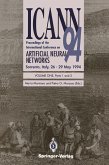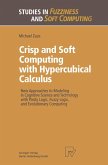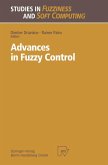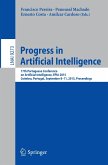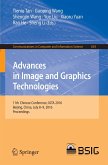The book covers the most essential and widely employed material in each area, particularly the material important for real-world applications. Our goal is not to cover every latest progress in the fields, nor to discuss every detail of various techniques that have been developed.
New sections/subsections added in this edition are: Simulated Annealing (Section 3.7), Boltzmann Machines (Section 3.8) and Extended Fuzzy if-then Rules Tables (Sub-section 5.5.3). Also, numerous changes and typographical corrections have been made throughout the manuscript. The Preface to the first edition follows. General scope of the book Artificial intelligence (AI) as a field has undergone rapid growth in diversification and practicality. For the past few decades, the repertoire of AI techniques has evolved and expanded. Scores of newer fields have been added to the traditional symbolic AI. Symbolic AI covers areas such as knowledge-based systems, logical reasoning, symbolic machine learning, search techniques, and natural language processing. The newer fields include neural networks, genetic algorithms or evolutionary computing, fuzzy systems, rough set theory, and chaotic systems.
New sections/subsections added in this edition are: Simulated Annealing (Section 3.7), Boltzmann Machines (Section 3.8) and Extended Fuzzy if-then Rules Tables (Sub-section 5.5.3). Also, numerous changes and typographical corrections have been made throughout the manuscript. The Preface to the first edition follows. General scope of the book Artificial intelligence (AI) as a field has undergone rapid growth in diversification and practicality. For the past few decades, the repertoire of AI techniques has evolved and expanded. Scores of newer fields have been added to the traditional symbolic AI. Symbolic AI covers areas such as knowledge-based systems, logical reasoning, symbolic machine learning, search techniques, and natural language processing. The newer fields include neural networks, genetic algorithms or evolutionary computing, fuzzy systems, rough set theory, and chaotic systems.
From the reviews of the second edition:
"The book focuses on five important areas in computer science: neural networks, genetic algorithms, fuzzy systems, rough sets, and chaos. ... This is an excellent textbook for undergraduate and graduate students in computer science, coming to this subject for the first time and desiring to acquire a comprehensive view of the whole area of soft computing. The mathematical background required is minimal ... . Critical comparisons among the models illustrated are suggested, and essential literature references are given for further reading." (G. Guida, ACM Computing Reviews, October, 2008)
"The book focuses on five important areas in computer science: neural networks, genetic algorithms, fuzzy systems, rough sets, and chaos. ... This is an excellent textbook for undergraduate and graduate students in computer science, coming to this subject for the first time and desiring to acquire a comprehensive view of the whole area of soft computing. The mathematical background required is minimal ... . Critical comparisons among the models illustrated are suggested, and essential literature references are given for further reading." (G. Guida, ACM Computing Reviews, October, 2008)



